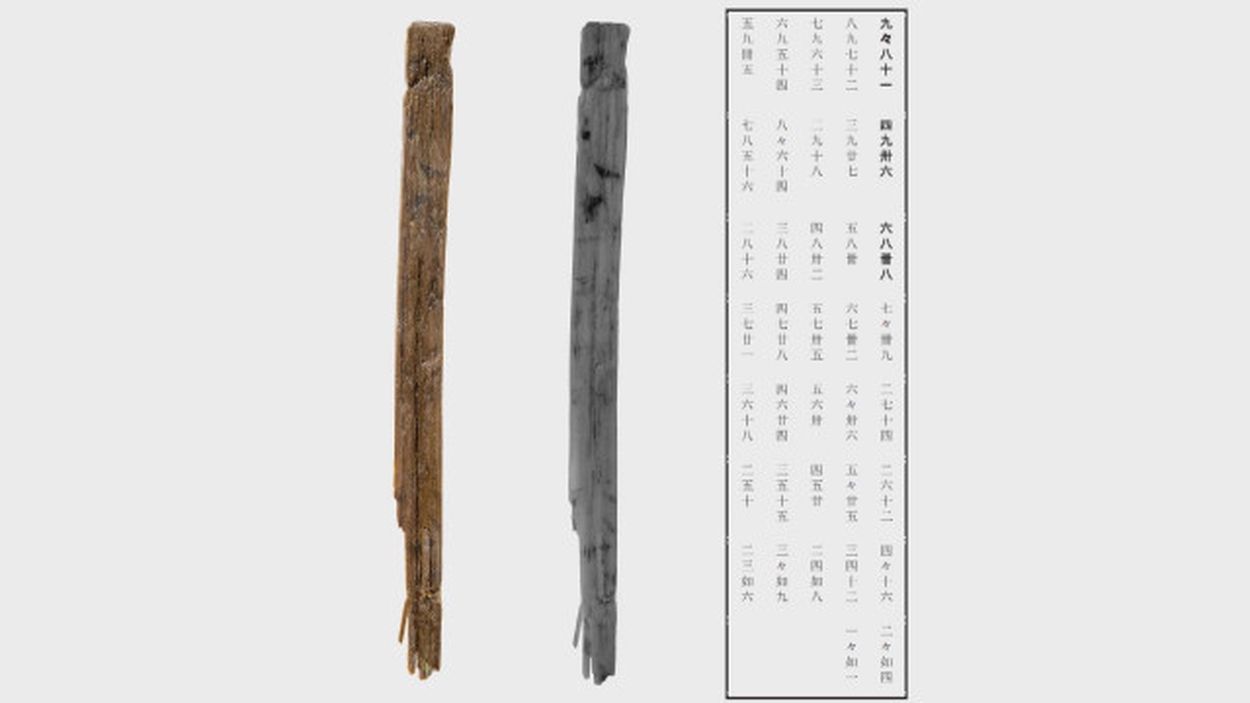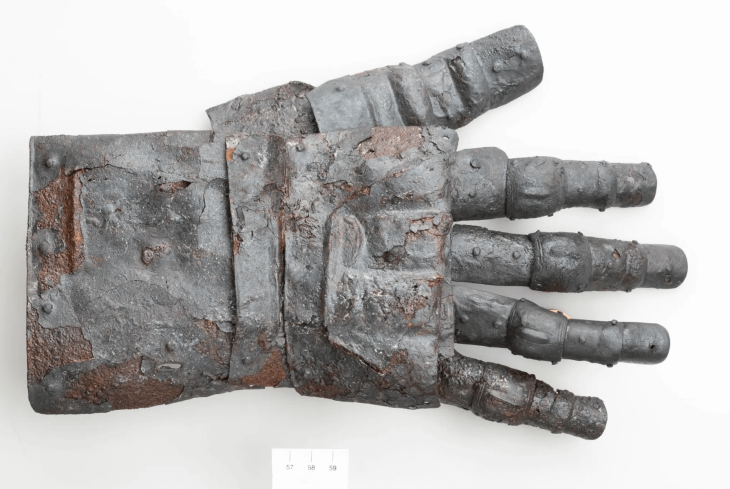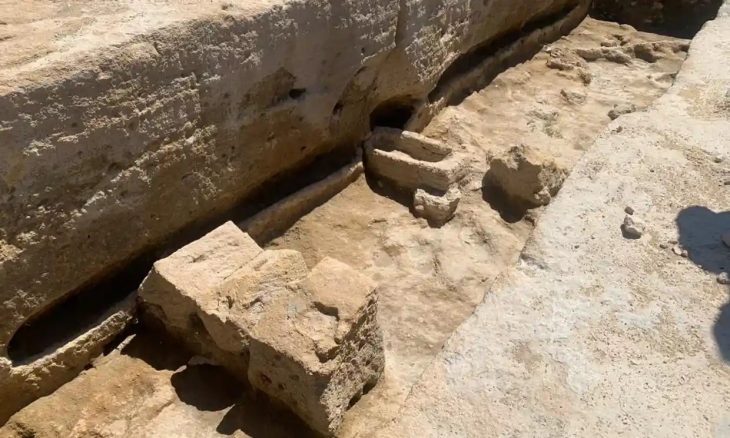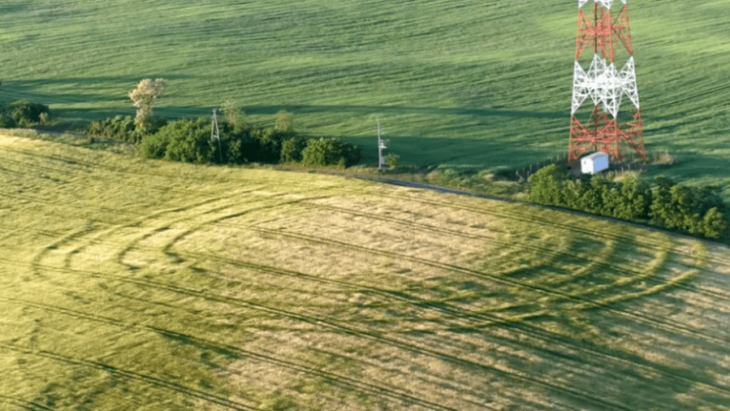A strip of wood discovered in the ruins of Fujiwara Palace in Nara Prefecture turned out to be part of Japan’s oldest multiplication table dating back about 1300 years.
The Fujiwara Palace site is the remains of an ancient capital city located in the environs of Takadono-chō and Daigo-chō in the city of Kashihara, and according to the Nihon Shoki chronicle the move to Fujiwara-kyo from the Asuka Palace was made in 694, and it was used until the capital moved to Nara in 710. The first capital city in Japan to be constructed using the Chinese model was Fujiwara.
The discovery was announced on 4 September by the Nara National Research Institute for Cultural Properties.
The wooden strip was unearthed in 2001 from what is believed to have been the site of an “Emon-fu guards’ office within the central government of Fujiwara-kyo, the ancient capital of Japan.
The 16.2-centimeter-by-1.2-cm strip appears to be a piece of a larger multiplication table dating between the late seventh to early eighth century.
It is believed to have been used in government offices and other places at the time, and it is believed to be one of the oldest wooden tablets in Japan that contains a practical list of multiplication tables.

The wooden tablet, when viewed under infrared light, reveals inscriptions such as:
9 x 9 = 81
4 x 9 = 36
6 x 8 = 48
All were written in what researchers presume are Kanji or Chinese characters.
The chart begins with the nine times table, with five equations written horizontally in a single line. During the initial stage of research, only a portion of the multiplication table was legible. Because the characters seemed to lack any regularity, the team previously classified it as someone’s practice tablet.
“If the multiplication table was whole, the wooden tablet would measure 33 centimeters in length with all the equations written out,” said Kuniya Kuwata, Chief researcher at Nara National Research Institute for Cultural Properties.
“I initially thought Japanese multiplication charts only had 2 to 3 equations per line, so I was genuinely surprised to find one with so many, similar to those in China and Korea,” Kuwata added.
While the tables previously found in Japan consisted of two to three rows, this five-line style seems to match those of the Qin and Han dynasties of China, which lasted from about the third century BC to the third century AD.
However, although the use of written characters in the multiplication table is confirmed by artifacts dated to the late 7th century, researchers do not exclude the possibility that the table was created during the Kofun Period, which lasted from approximately the middle of the third to the seventh century. Also, they posit it was used to design the iconic burial mounds associated with the period.
The tablet is believed to have been used by the “Emon-fu” office, responsible for security and other administrative duties, likely for calculating the workdays of officials or tax-related figures.
The team’s findings were published in the Nara National Research Institute’s Annual Bulletin 2024.
Cover Photo: News.go.jp
















